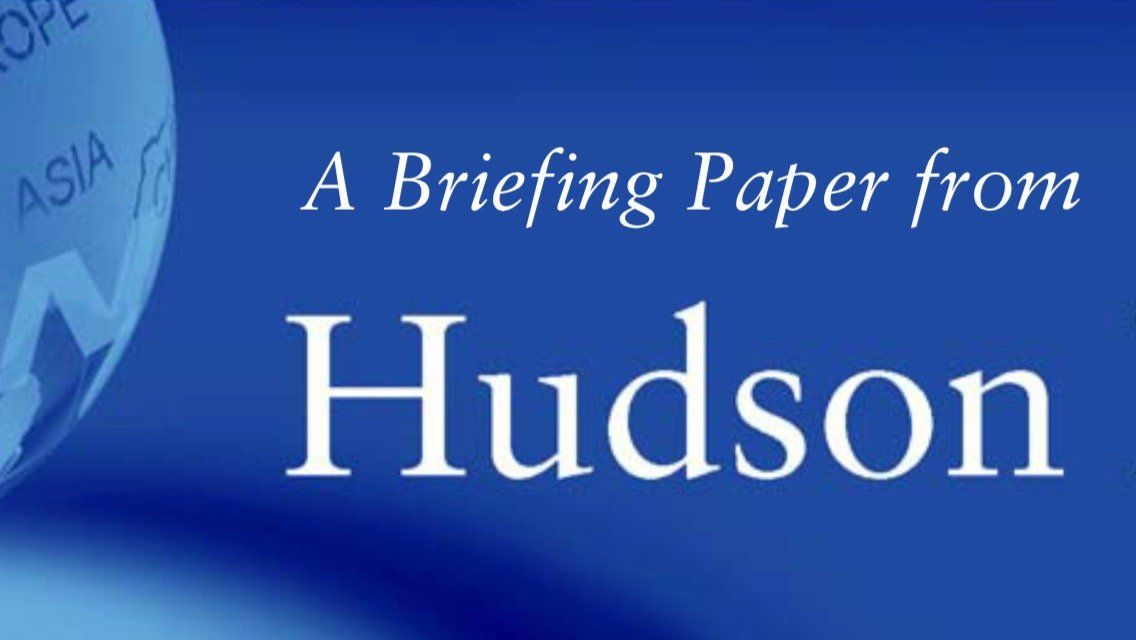Playing for Time on the Edge of the Apocalypse: Maximizing Decision Time for Nuclear Leaders
Dr. Christopher Ford • November 11, 2010
This paper explores debates over nuclear weapons "de-alerting" and other challenges. It is also available here, from Hudson Institute.

Paper Presented to the Conference on “Nuclear Deterrence: Its Past and Future”
Hoover Institution
(November 11, 2010)
Synopsis
This paper surveys post-Cold War disputes over the “de-alerting” of nuclear weapons, outlining critiques made of the launch-on-warning capabilities – and what are alleged to be the de facto launch-on-warning policies – of the United States and Russia, as well as the deterrence-focused counter-narrative that has developed in response to these arguments. It offers an analysis of such debates as an expression of a dynamic tension within nuclear command and control systems between “Type A” risks of nuclear use (advertence) and “Type B” risks of nuclear accidents (inadvertence) – a tension that can be further understood with reference to theories of organizational behavior informed by Complexity Theory insights into the “fitness” of complex adaptive systems.
Exploring the potential Type A and Type B implications of various proposed measures for reducing nuclear risks, the author suggests that the policy stalemate created by the need for tradeoffs between deterrent value and accident risk- reduction can perhaps be broken by focusing less upon de-alerting per se and more upon the challenge of maximizing the effective decision-time available to national leaders in a nuclear crisis – a broader discourse of which de-alerting debates are merely a subset.

Below is the prepared text upon which Dr. Ford based his shorter oral remarks to the U.S-China Nuclear Workshop on November 19, 2025, convened by the Protect on Managing the Atom and the Council on Strategic Risks, held at the Belfer Center at Harvard University’s John F. Kennedy School of Government.








